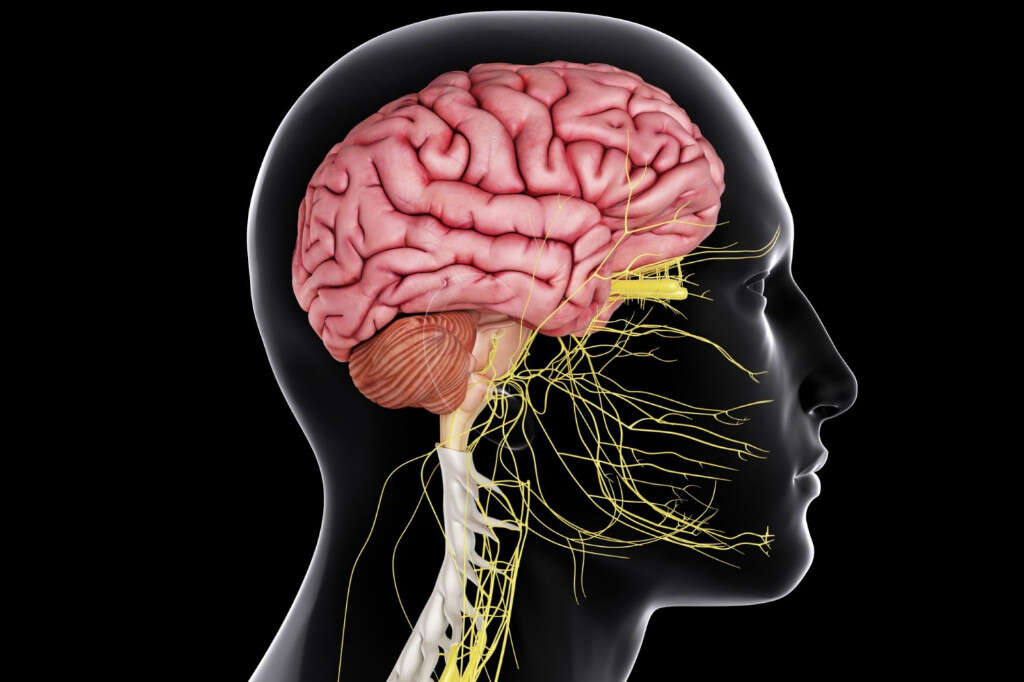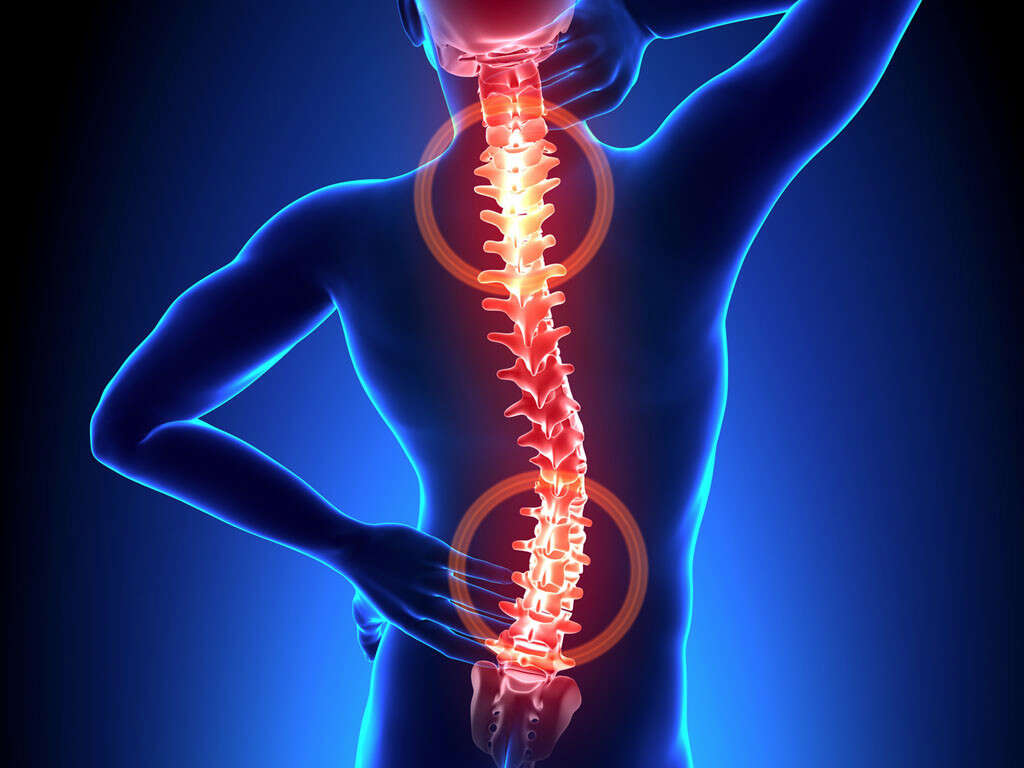10 Cervical Spondylosis Symptoms
Cervical spondylosis is a fairly common condition. It mostly affects people as they get older due to the wear and tear on their discs. The condition is also commonly known as neck arthritis or cervical osteoarthritis.
While it is mostly caused by wear and tear, there are other factors that can lead to it. It is thought that the condition affects over 90 percent of people that are aged 60 years or older.
The severity of the symptoms can range significantly, though, and many of those that do have it will never experience any negative symptoms. Here are a few of the symptoms that people do experience when they have cervical spondylosis.

Symptom #1: Headache
A headache is one of those symptoms that doesn’t really tell us much about what is making somebody ill. It is such a common ailment that it could be caused by anything ranging from a serious Illness to just not having had enough sleep. Your doctor will usually need more information if they are to figure out what the problem is.
One potential cause of a headache is cervical spondylosis. Patients will often find that the pain will start in their neck and move its way up to their head. This information may be able to help your doctor narrow down the possible causes.

Symptom #2: Shoulder Pain
Our shoulders are responsible for a lot of the strength required for heavy lifting. As such it is not unusual that they will pick up aches and pains as they are expected to work so hard. We can also wake up with such pains in the morning if we have been sleeping at an awkward angle at night.
Another potential cause of pain in the shoulder is cervical spondylosis. The pain will also sometimes radiate down the arms. This can make it difficult for the patient to move much. A physical therapist can help make exercising a part of their treatment. A doctor may be able to prescribe something that will help to ease the pain.

Symptom #3: Stiff Neck
A stiff neck is another common ailment that most of us will have experienced at some point. It can be quite uncomfortable, leaving us limited in our movement. It will also sometimes stay with us for a day or two, no matter how many remedies and painkillers we might use. Fortunately, though, it will usually pass harmlessly before too long.
For people with cervical spondylosis, however, a stiff neck can be more of a problem. Not only can it be more painful and more debilitating, but it can also last for longer. Speak with your doctor and they may be able to give you something that will help to ease the discomfort.

Symptom #4: Grinding Sound
The joints of our skeleton are fairly well lubricated and also have cartilage that helps provide a “soft” cushion. This helps them to move with ease and without rubbing against the other joints in the body. This is not always the case, though, and people with cervical spondylosis can have some difficulty in moving their neck.
When patients do move their neck then they will often experience a grinding sound and sensation. This can leave them reluctant to move their neck at all. This occurs when the different bones are able to come into direct contact with each other and it can potentially cause permanent damage.

Symptom #5: Inability to Turn Head
While grinding sounds and sensation may make turning your head more challenging, it is still often necessary in everyday life. It is not safe to drive with your head directly forward all of the time, for example. In some cases, though, the patient might find that they are unable to turn their head no matter how much they might try to.
Patients with cervical spondylosis will often find themselves unable to turn their heads even a little bit. It can make getting by day to day very difficult and even performing simple chores at home can become a challenge for them.

Symptom #6: Numb Extremities
Our spinal cord transports messages to and from the brain to the rest of the body. This is necessary because it allows us to move around and to also sense the world around us, among other things.
In cases of cervical spondylosis, the nerves can become irritated when passing through the boney areas of the neck. This will impair their ability to pass messages to and from the brain and the patient can experience numbness as a result. Patients will also sometimes experience weakness and/or a tingling sensation.

Symptom #7: Loss of Bladder Control
It is evolutionary important that we maintain control over our bladder. Historically, it was important that we were able to hold urine in until we were ready to release it, otherwise we could have been leaving a trail for potential predators to follow. In today’s world, it is important as a matter of hygiene and cleanliness.
If nerves are being affected in the spinal cord, however, then it means that we may lose some or all control over our bladder. This can lead to some embarrassing situations that the patient has little to no control over. It can also cause the patient to lose control over their bowels. In the case of cervical spondylosis, loss of bowel and bladder function is considered medically urgent or a medical emergency.

Symptom #8: Loss of Coordination
We tend to take our coordination for granted. We often perform complex tasks without even thinking about it, with much of the work being done subconsciously by our brain. This also involves complex patterns of signals that help the brain understand what is going on around us and how to react.
Conditions such as cervical spondylosis can create problems with the passage of messages to and from the brain and spinal cord. This can affect our coordination and even simple tasks can become challenging for us. Developing a condition like cervical spondylosis can make people realize just how much they relied upon things that we barely even think about.

Symptom #9: Muscle Spasms
Our muscles are controlled by electrical impulses that send signals telling them whether they should contract or relax. These signals are sent and received in just moments, making our movements and reactions more or less instant. If the nerves are impeded in sending these signals, though, then it can cause mixed messages to be sent.
If the wrong messages are sent then it can cause the muscles to contract involuntarily, leading to muscle spasms. These can be quite painful and the patient is often powerless to do anything about it. The patient might also find that they experience abnormal physical reactions to stimuli.

Symptom #10: Symptoms Improve with a Balance of Rest and Activity
The symptoms of cervical spondylosis can be quite difficult to live with. They can be embarrassing, limiting, and also quite painful. Patients can take some solace in the fact that their symptoms are likely to improve with specific movement patterns and exercises prescribed by a physical therapist, hands on treatment from a provider such as a physical therapist or chiropractor, and also to allow the area a certain amount of rest.
Patients with the condition can also find that the symptoms are at their worst early in the morning and at the end of the day. Symptoms may be worse early in the morning due to lack of activity/movement of the neck while sleeping. Symptoms may also be worse at the end of the day due to over activity throughout the day.
In severe cases, the patient can find that they find it difficult to work or perform other activities and become reliant on other people.












